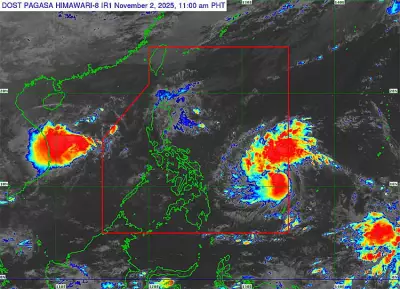
The horror stories emerging from Typhoon Tino's aftermath have left many Filipinos questioning the very purpose of daily activities when faced with such overwhelming tragedy. The devastation wrought by this natural disaster has revealed both the worst and best of human nature in affected communities.
Unprecedented Flooding Claims Entire Family
In a heartbreaking account from the ground, an entire family of four perished during the typhoon's onslaught. Rescue operations continued for days as neighbors held out hope for survivors. Tragically, all four family members were eventually found dead, highlighting the deadly force of Tino's floodwaters.
One witness described crossing a narrow bridge barely two feet wide while rescue teams searched the stream below for the missing family. The scene underscored the desperate conditions faced by both victims and responders during the disaster.
Cebu's First Killer Floods in Living Memory
Long-time Cebu residents confirm that Typhoon Tino brought something unprecedented to the region. While past typhoons like Ruping, Yolanda, and Odette caused massive destruction through powerful winds, Tino marked the first time in recent memory that flooding alone created such catastrophic damage.
This distinction has raised serious questions about disaster preparedness and infrastructure development in flood-prone areas of the Philippines.
Corruption and Defunded Projects Worsen Tragedy
The devastation has sparked outrage as evidence emerges that proper flood control measures might have mitigated the disaster. Project Noah (National Operational Assessment of Hazard), a science-based disaster management program managed by the University of the Philippines, was defunded and effectively abolished by the previous national administration.
Many are now questioning the Duterte administration's priorities, suggesting that an obsession with anti-drug campaigns came at the cost of vital disaster risk reduction projects. The current administration took three years to address massive corruption in flood control projects, adding to public frustration.
This negligence has transformed natural hazards into human tragedies that could have been prevented with proper planning and honest governance.
Hope Amidst the Ruins
Despite the overwhelming sadness, stories of human resilience and bravery continue to emerge. One particularly powerful account tells of a mother carrying her baby through chest-high floodwaters. She lifted her child above the rising waters, much like an athlete raising a trophy, ensuring the baby's safety until rescuers reached them both.
Such moments of courage provide glimmers of hope and demonstrate the incredible strength of Filipinos facing adversity. The emotional journey through emptiness, empathy, outrage, and ultimately resoluteness reflects the complex reality of disaster response and recovery.
As communities rebuild, there's growing determination to hold accountable those responsible for the corruption that exacerbated this tragedy, while celebrating the heroic acts that saved countless lives.





